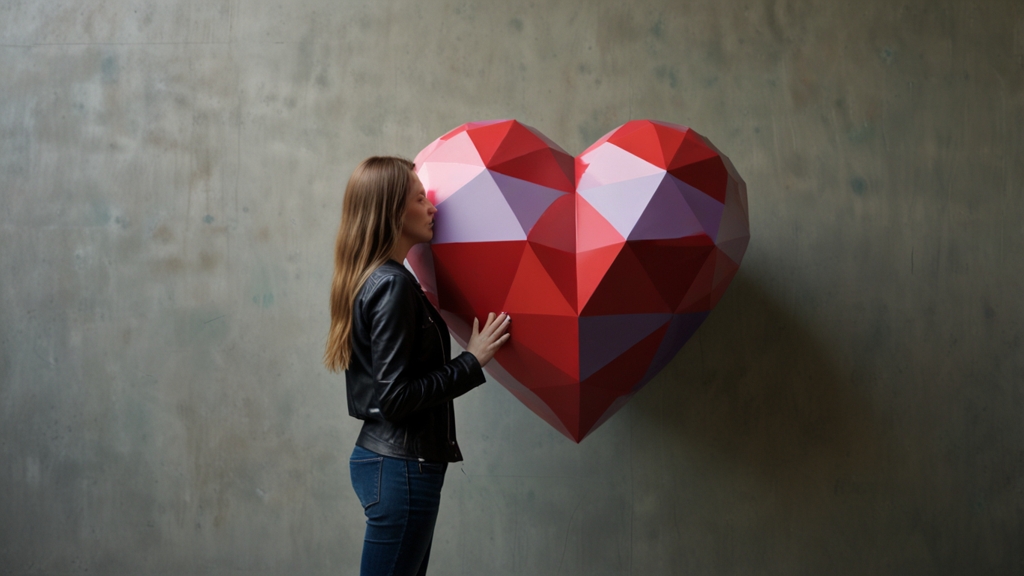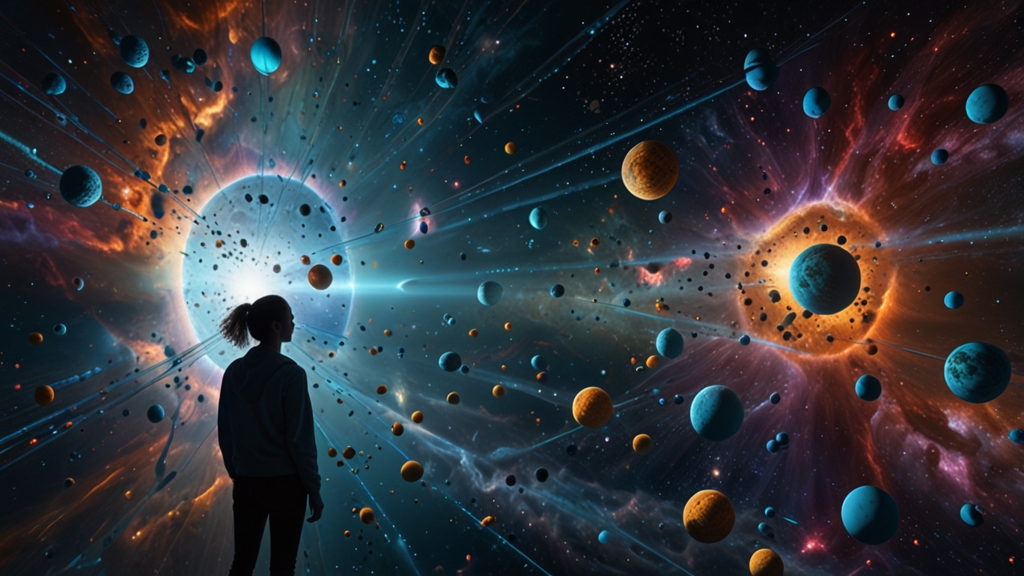The Geometry of Love: How Shapes Influence Relationships
When we think of love and relationships, geometric shapes might not be the first things that come to mind. However, the interplay between shapes and human connections has been a topic of fascination for psychologists and artists alike. From the triangles of romantic entanglements to the circles of close-knit friendships, shapes can serve as metaphors and frameworks for understanding the dynamics of our relationships.
The Triangle of Love
One of the most well-known geometric theories in relationship psychology is Robert Sternberg's Triangular Theory of Love. According to Sternberg, love can be understood in terms of three components: intimacy, passion, and commitment. These three components form the vertices of a triangle.
"Intimacy involves feelings of closeness, connectedness, and bondedness. Passion encompasses the drives that lead to romance, physical attraction, and sexual consummation. Commitment, in the short term, is the decision that one loves someone else, and in the long term, the commitment to maintain that love." – Robert Sternberg
The interaction of these elements produces different kinds of love: romantic love, companionate love, consummate love, among others. For instance, a relationship with high intimacy and commitment but low passion might be seen as companionate love, whereas the triangle with all sides balanced would correspond to consummate love, often referred to as the ideal form of love.
The Circle of Trust
Another geometrical metaphor often used in relationships is the circle, particularly when talking about trust and closeness. Unlike the fixed points and straight lines of a triangle, a circle represents an unbroken loop, a never-ending cycle. This is symbolic of the mutual trust and reciprocity that characterize healthy relationships.
"A circle is the perfect reminder that trust and closeness in relationships should be continuous, without gaps or sharp corners. Trust is a full circle, not something that can be cut into pieces." – Unknown
In friendships and familial bonds, the circle reflects the idea that everyone within has an equal standing. No beginning, no end, just an ongoing connection that can withstand the tests of time and adversity. The circle is also a symbol of inclusivity and completeness, essential elements for any lasting relationship.
Complex Shapes: Polygons and Star Shapes
Relationships can also be as complex as polygons and star shapes. These geometrical figures have multiple sides, angles, and points, much like the intricate web of relationships we navigate in our social lives. The more vertices a shape has, the more complicated its structure, much like a network of friends, colleagues, and acquaintances.
Consider a polygon representing a polyamorous relationship where there are multiple partners. Each vertex represents an individual, and each side symbolizes a connection. Complex relationships require a higher degree of communication and understanding, similar to how maintaining balance in a multi-sided shape requires precise calculations.
Conclusion
While it might seem unconventional to describe relationships through geometric shapes, doing so provides a unique lens through which to understand the nuances of human connections. The triangle, circle, and polygons serve as powerful metaphors for the dynamics of intimacy, trust, and complexity in our social and romantic lives. By exploring these shapes, we gain valuable insights into how we relate to others and how we can foster stronger, more balanced connections.
"Geometry will draw the soul toward truth and create the spirit of philosophy." – Plato
In the realm of love and relationships, understanding the 'geometry' of our connections allows us to navigate them with greater awareness and intention. After all, each shape has its unique beauty and challenge, just like every relationship in our lives.










